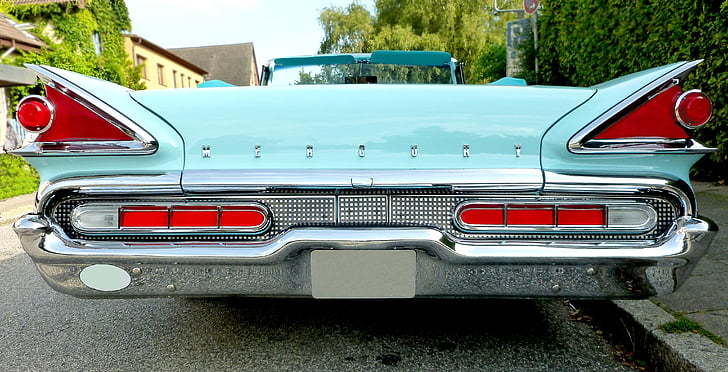
Whether you are an avid collector or a hobbyist, insuring your classic vehicle is an important part of the car-ownership experience. Classic cars require different coverage than modern vehicles, and there are two primary types of insurance coverage for classic cars: agreed value and stated value. Knowing the difference between them can help you select the right coverage for your classic.
Agreed Value Insurance
Agreed value insurance coverage is the most popular choice for classic car owners. This type of insurance is based on a specific amount that you and your insurer agree is the car’s value at the time of purchase. Your insurer will also adjust the agreed value to account for inflation or improvements to your car’s condition. If your vehicle is stolen or totaled, you’re guaranteed to receive a sum equal to the agreed value.
Stated Value Insurance
Stated value insurance is less comprehensive than agreed value coverage. With stated value coverage, you and your insurer select a value for your car when you purchase the policy—but this amount is not adjusted for inflation or changes in your car’s condition. If your vehicle is damaged, you’ll only be compensated up to the stated value, so you may be left with a shortfall. Stated value insurance is cheaper than agreed value insurance, but provides much less protection.
Conclusion
Choosing the right insurance for your classic car can be complicated, so be sure to discuss your options with your insurer or an insurance broker. Agreed value insurance is usually the best choice for classic car owners, as it provides the highest level of security. Stated value coverage can be a good option for hobbyists who are budget-conscious, but it’s not the ideal option for serious collectors or anyone who needs maximum protection for their classic vehicle.













